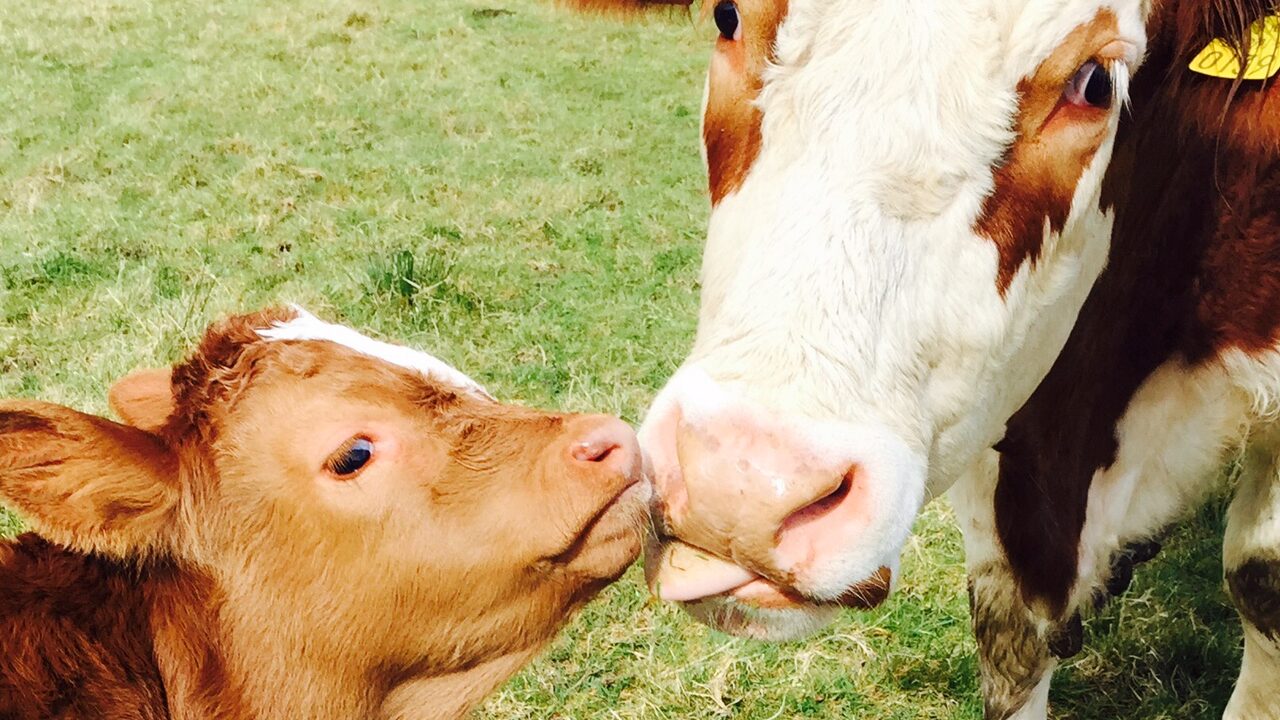Farmers participating in the Beef Data and Genomics Programme (BDGP) need to complete a training course by October 31 of this year to qualify for the €166 payment, according to Teagasc’s Pearse Kelly.
The courses will give farmers a better understanding of the scheme and how to breed four or five-star heifers, he said.
The scheme requires 20% of the heifers or suckler cows to have a four or five-star replacement index rating by October 2018, while 50% of the eligible animals must be four or five-star by October 31 2020.
The Teagasc Head of Drystock Knowledge Transfer said that calves born following this year’s breeding season will be the first heifers to qualify for the scheme in 2018.
A heifer has to be at least 16 months of age in October 2018 to qualify for the scheme and farmers should start focusing on their breeding decisions now.
The four-hour training course will provide farmers with the knowledge they need to able to breed a four or five-star heifer on their farms, he said.
Farmers will be shown four farm case studies during the training day, which highlight the breeding strategies on these farms, he said.
“The course is designed to be interactive and it will also show farmers how to select bulls to breed a four or five-star heifer from the best cows in their herd,” Kelly said.
He said farmers will be shown how to identify the best cows in their herd, in terms of the replacement index and how to select bulls to produce a heifer calf with a replacement index of €74.
A replacement index of €74 is the minimum requirement to qualify for the scheme, farmers should aim for a higher replacement index value.
The replacement index of the stock bull will also be looked at, he said and from the training provided, farmers can decide if they need to replace their current bull, use AI or purchase high index heifers.
How to fill in the forms
Farmers will be shown how to complete the surveys accurately, which include calf quality, the incidence of scour and pneumonia, the cows milking ability and culling reasons for both bulls and cows, he said.
“Farmers are shown how to accurately record the data needed for the scheme and how to fill in the forms correctly.”
When is your course?
The courses will last for a total of four hours and farmers should receive a letter inviting them to a course. They are asked to confirm their attendance as the courses are invite only and the numbers to each course are being kept small.
“This is important as 25-30 farmers will attend each training session and the small attendance keeps the course as interactive as possible,” he said.
Kelly said that 25,000 farmers will receive training as part of the scheme.
